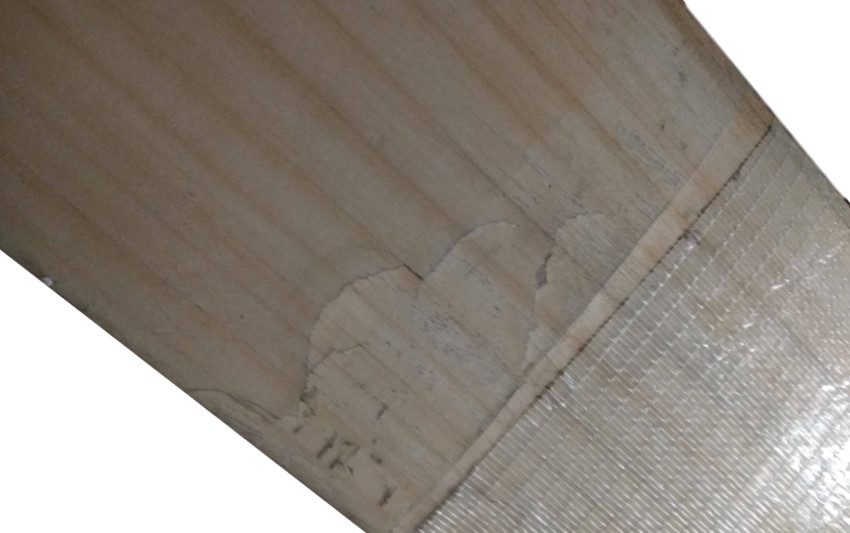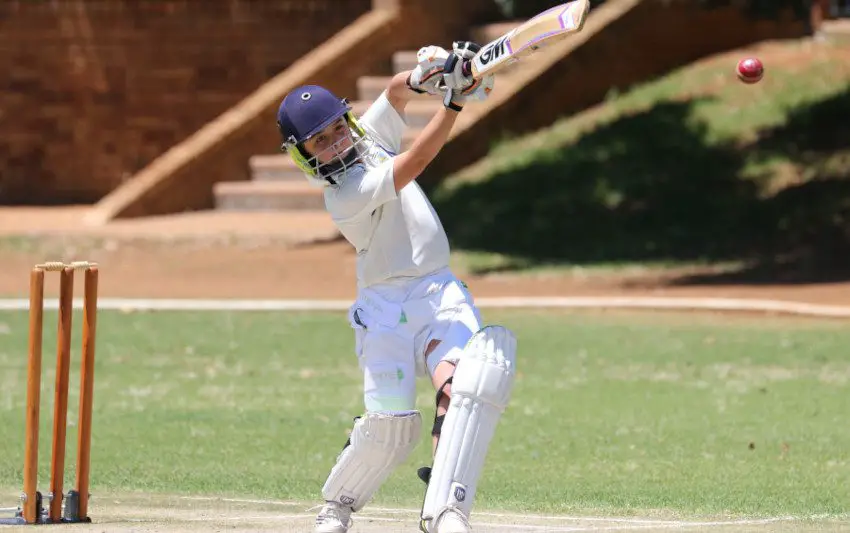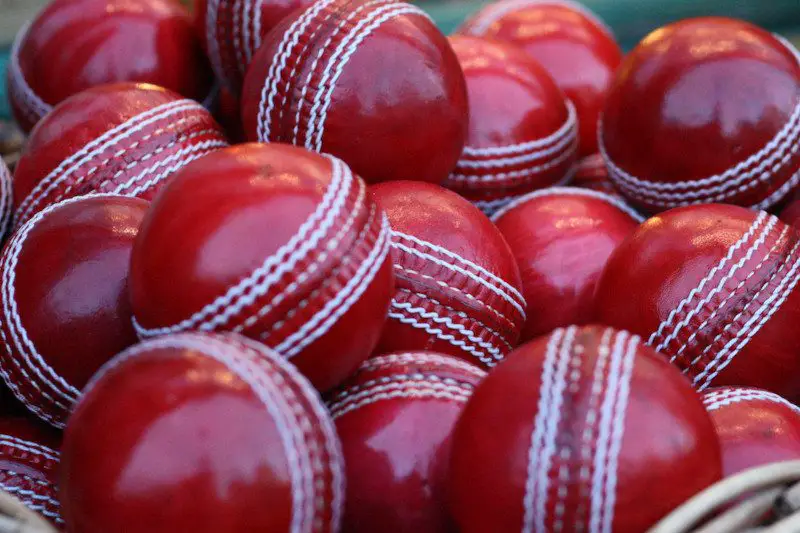Table of Contents
Buying a cricket bat is easy but maintaining and fixing are quite some tasks. Like any other product, if a cricket bat is not of good quality, it will get damaged easily. Even good quality bats are prone to any damage. Let’s take a look at what are some ways to fix a cricket bat.
How to Fix a Cracked Cricket Bat?
Most of the cracks on a cricket bat can be repaired with glue or repair tape. Along with it 100-220 grit sandpaper and oil should also be used. One needs to locate the crack and cover it with glue. Remove the excess glue with sandpaper, and let it dry for around 12-24 hours. Later, use the raw linseed oil as needed.
How to Avoid Cracks in the Cricket Bat?
Once we get the slightest hints that our bat has cracks or is damaged, we should take prompt action. The small cracks should be repaired as soon as possible. This is to avoid the crack’s tendency of getting wider or longer. Another way to avoid cracks is general maintenance. Oiling the bat, knocking it with a wooden mallet, and applying an anti-scuff sheet further help in increasing the life of the bat.
Location of Cracks on the Cricket Bat
Constant hitting along with carelessness will eventually damage your bat which would need repairing. Even though the damage may not look serious it can ultimately lead to the breaking of the bat. The cricket bat could be cracked from multiple locations. The various locations and how they can be fixed are mentioned below:
Handle Cracks
The handle of the bat is one of the first parts to get damaged and need repairing. If you notice the handle starting to loosen up, it could be early signs of damage. Even though there will not be any clear crack, a batsman’s game can be affected by the looseness. The handle can be recovered by applying glue to it. Cover the handle with the glue and reinsert it into the body of the bat. After that use the rubber mallet to tap the handle and remove any extra glue. Once this is done, tape the bat to hold the handle firmly and allow the glue to work its magic for the next 48 hours. For additional support, you can always insert wooden screws into the body, through the handle to keep it in place.
Toe Cracks
The toe is considered to be the weakest part of the bat. By weakest part, we mean it can be prone to splitting or severe cracking. Even if there is no doubt, you should regularly check the toe of the bat to make sure there are no damages. Smaller cracks can easily be filled with super glue. On the other hand, a more serious such as a hairline crack needs PVA adhesive. Note that cracks which are greater than 2 inches would need a repair on an urgent basis. However, most of the toe cracks can be repaired with glue, and repair tape along with some 100 to 220 grit sandpaper and oil. Glue the bat and let it dry. Sand the area with sandpaper and oil it with raw linseed oil. Make sure to bind it with tape and then apply a toe guard. You can also use twine instead of tape. The twine needs to be soaked with glue as you wrap the bat.
Cracks on the Face
Cracks on the face of the bat are usually not an area of concern even though the bat has been properly knocked in. But to still prevent such cracks you should ensure oiling the bat as soon as you purchase it. Linseed oil should only be used in lesser quantities and the bat should not be dipped in oil. Additionally, the adhesive tape should be applied to the bat to protect the surface. To fill the cracks on the face, one can use glue just like toe cracks. Once the glue is filled, cover the bat with two pieces of wood (one on either side) and clamp it in a way that the glue dries. If you do not have the clamp then use the stripes from an old bat grip and use them as elastics to clamp the bat.

Manufacturing Faults in the Bat
As mentioned above, bats are like any other product which could be manufactured in good as well as poor quality. Most of the bats have a 12-month warranty period. During this period, you can return the bat to the manufacturer if there is any defect. One should note that small cracks and dents are not manufacturing defects and shall not affect the performance of the bat. The bat manufacturers should also make sure to cater to the defects by having a place for inspection and arranging replacement if repairs are not possible.
Conclusion
Cricket equipments have become very expensive in the modern era. With the popularity of the game increasing every day, the standards have significantly gone up. But there are still chances of equipments falling prey to damage. In the case of a cricket bat, if you are uncertain about the extent of the damage, contact the manufacturer or a professional cricket bat service. A bat that has severe damage cannot be fixed but those small cracks or a loose handle can still be fixed.


